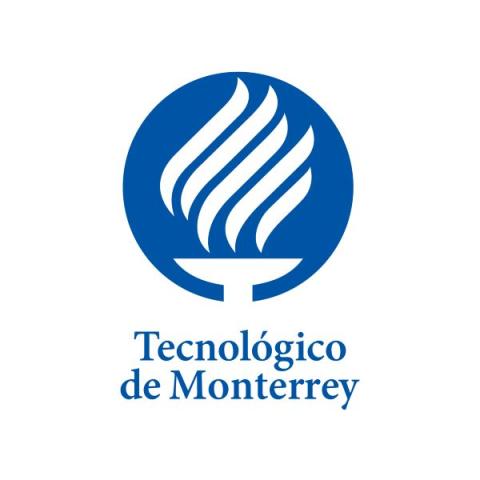
Three ways technology can make your classrooms more inclusive
Higher education institutions play a crucial role in ensuring that all students have equal access to education, regardless of their backgrounds. But classrooms must be inclusive for this to happen. In this resource, we will look at five ways that technology can create spaces of tolerance and understanding and teach students the value of diversity, preparing them for a more globalised world.
It helps us to tailor content
Having an array of digital tools at our fingertips allows us to personalise our teaching to help capture students’ attention in innovative ways. We can make videos or source relevant content from YouTube, create interactive presentations on Canva and encourage discussions via platforms such as Padlet.
Using artificial intelligence can help us to create accessible educational content; features such as text-to-speech and machine translation accommodate students with disabilities, for example. Platforms such as ChatGPT, Gemini or ElevenLabs are good ones to try. Use this technology to tailor your teaching to students’ learning styles, ensuring they all feel included and heard.
Despite recent fears and controversies over AI tools, we cannot deny their potential to enhance learning, and it is important to encourage students’ use of them. Therefore, we must seek frequent training on how to use them effectively and assess the best ways in which we can incorporate them into the learning process.
Most of the platforms mentioned in this resource offer free subscriptions, removing financial barriers to inclusive learning.
- Resource collection: Create welcoming classrooms for international students
- Linguistic racism can take a high toll on international students
- Bringing international and intercultural dimensions into your programmes
It allows us to implement other learning methodologies
Technology makes it easier for us to incorporate inclusive pedagogical practices into our classrooms. Take collaborative online international learning (COIL), for example. This involves linking courses between universities based in different countries through platforms such as Zoom so that students from different parts of the world can connect and work collaboratively. These types of activities foster intercultural communication, generate diverse learning environments and interactions between different perspectives and promote tolerance and understanding. It also prepares students to live and work in a globalised society.
Another innovative teaching technique that technology allows us to harness is gamification, through which we can integrate different game elements into study to boost student engagement, enhance learning and encourage collaboration. You can use platforms such as Kahoot or Socrative to explore this option.
It facilitates collaboration
The use of digital tools can bring us closer to key actors who can support inclusive learning, such as other education professionals, civic groups in the wider community and members of minority groups. They can provide insight and strategies that nurture inclusivity, and, with their collaboration, we can create new, interactive support resources for our courses, such as 360 degree videos or virtual reality scenarios that allow for more practical and visual learning.
Technology allows us to design collaborative projects that involve students in the joint creation of content related to their course. Use platforms such as Google Docs or Microsoft Teams, which facilitate communication and collaboration and allow each student to contribute their unique perspective, to build inclusion and highlight the diversity of ideas in the classroom.
Projects can include multimedia presentations, video recordings or podcasts that allow students to express themselves in various ways. This approach encourages active participation and empowers students to feel as though they play a key role in the construction of knowledge.
Inclusion should not be treated as an abstract concept, but as a core value that must be embraced at all levels of education. By embracing diversity and promoting inclusion, we provide equal opportunities and ready our students for a globalised world, not only improving the quality of education but laying the foundation for a more compassionate and just society.
Adela Vega Guerra is the academic coordinator of digital education at Tecnológico de Monterrey. Elizabeth Marcial Morales is a digital education teacher at Tecnológico de Monterrey, Mexico.
If you would like advice and insight from academics and university staff delivered direct to your inbox each week, sign up for the Campus newsletter.




